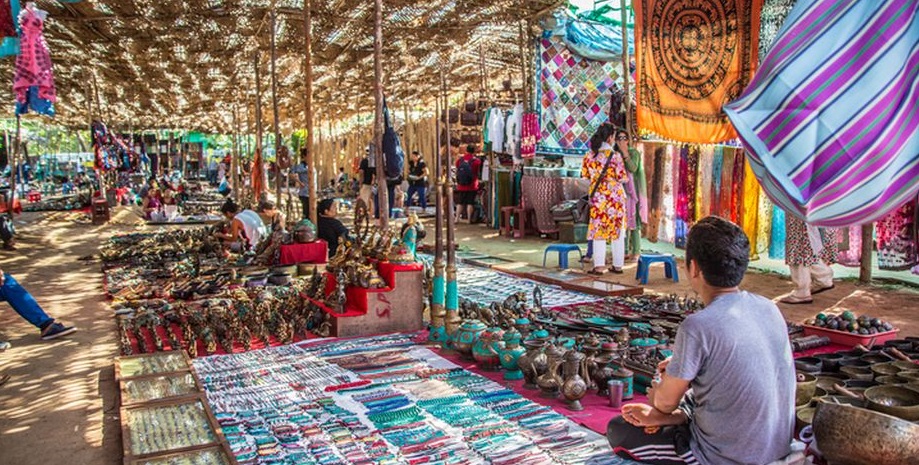We all know Ranthambore National Park, in the Sawai Madhopur district of Rajasthan, is a renowned haven for tiger sightings, with popular tigers like Machli, Ustad, Mala, Sundari, and so on. But very few travel enthusiasts know about the other side of Ranthambore, that is the artistic charm. Yes, you read that right! A place which is renowned for its dense population of the most ferocious wildlife also houses a community of craftsmanship and it is known as Dastkar Ranthambore – A Society for Crafts and Craftspeople. Let’s explore in this blog, how can we make the safari in Ranthambore more happening.
A Wildlife Safari in Ranthambore National Park
Ranthambore National Park spans across 392 sq. km. and is divided into 10 safari zones. The Ranthambore Fort and Trinetra Ganesh Temple are the two iconic attractions inside the safari area. Though the vegetation is quite thin in Ranthambore, as compared to other wildlife destinations, you can spot a few water bodies inside the national park – Malik Talao, Padam Talao and Raj Bagh Talao. You will also find the ruins of Raj Bagh beside the Talao, where entry is prohibited. The winter months from November to February are considered the Best time to visit Ranthambore. The jeep and the canter safaris are quite comfortable, especially in the afternoon. Due to the warm and pleasant weather in winter, tourists tend to flock in large numbers, leading to complete booking of jeeps and canters. The wildlife safaris are scheduled in the early morning and late afternoon. Beyond these safari hours, you are free to explore the surrounding regions. Visiting Dastkar Ranthambore can be one such place where you can spend some time after the wildlife safari.
Dastkar Ranthambore
Coming from an early morning Ranthambore safari you can head to this location after having your breakfast. Dastkar Ranthambore is just a couple of kilometres away from the main entry gate of Ranthambore National Park. Dastkar Ranthambore is an initiative by Dastkar, an Indian non-profit organization dedicated to preserving traditional crafts and empowering artisans. The project stands as a testament to Dastkar’s efforts in reviving handicrafts and establishing distinct craft groups. In this case, Dastkar’s work revitalized the craft traditions of the Sawai Madhopur district in Rajasthan, where many artisans had abandoned their heritage skills to take up agricultural labour.
To support this revival, the Dastkari Kendra Crafts Centre was established, offering workshops for local artisans. These sessions introduced contemporary design concepts, product development techniques, and training in production systems, including pricing and cost management. Designers from NID, NIFT, and other consultants contributed to these workshops, which covered skills like tailoring, cutting and sizing, indigo and natural dye techniques, and enhancing firing and glazing methods for local pottery.
Dastkar Ranthambore is an initiative designed to support the rehabilitation of communities displaced during the creation of Ranthambore National Park. This non-profit organization empowers these individuals by helping them generate sustainable incomes through the revival of traditional arts and crafts, including pottery, leatherwork, tie-dye, block-printing, patchwork, and more. It also provides essential training and facilitates access to international markets. At Dastkar Ranthambore, you can discover a vibrant array of handicrafts, including toys, stylish accessories like scarves, kurtas, pouches, and bags, as well as home decor items such as bedsheets, table linen, pillows, and quilts. Two decades ago, Dastkar undertook one of its most notable and pioneering initiatives by establishing a rural income-generation program in the villages surrounding the Ranthambore Tiger Reserve. This project was designed with a particular emphasis on empowering women in these communities.
